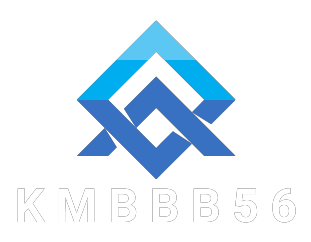1. Introduction to Dune 2 Runtime
Dune 2 Runtime, a cutting-edge software framework, serves as a crucial tool for developers in building efficient and scalable applications. With its robust features and capabilities, Dune 2 Runtime empowers developers to create high-performance applications across various domains.
2. Understanding Efficiency in Dune 2 Runtime
Efficiency lies at the core of Dune 2 Runtime optimization dune 2 runtime. Developers strive to enhance the performance of their applications by minimizing resource utilization while maximizing output. Optimizing Dune 2 Runtime involves understanding the significance of efficiency and identifying the factors that impact it.
Importance of Optimizing Dune 2 Runtime
Efficient utilization of resources translates to improved application performance, reduced costs, and enhanced user experience. By optimizing Dune 2 Runtime, developers can ensure that their applications run smoothly and effectively, even under heavy workloads.
Factors Affecting Efficiency
Several factors influence the efficiency of Dune 2 Runtime, including hardware capabilities, software configurations, coding practices, and runtime environment. Understanding these factors is crucial for devising effective optimization strategies.
3. Tips for Optimizing Dune 2 Runtime
Optimizing Dune 2 Runtime requires a systematic approach and the implementation of best practices. Here are some tips to help developers maximize efficiency:
Utilizing Resource Management Tools
Effective utilization of resource management tools enables developers to monitor and manage system resources efficiently. By identifying resource bottlenecks and optimizing resource allocation, developers can enhance the performance of their applications.
Streamlining Workflow Processes
Streamlining workflow processes involves optimizing the sequence of tasks and reducing unnecessary overheads. By eliminating redundant operations and optimizing workflow algorithms, developers can improve the overall efficiency of Dune 2 Runtime.
Implementing Code Optimization Techniques
Implementing code optimization techniques such as loop unrolling, function inlining, and compiler optimizations can significantly improve the performance of Dune 2 Runtime. By writing efficient and optimized code, developers can minimize execution time and reduce resource consumption.
4. Tricks to Enhance Efficiency in Dune 2 Runtime
In addition to tips, there are several tricks that developers can employ to further enhance efficiency in Dune 2 Runtime:
Leveraging Parallel Computing
Leveraging parallel computing techniques such as multi-threading and vectorization can significantly improve the performance of Dune 2 Runtime. By parallelizing tasks and utilizing multiple processing units, developers can exploit the full potential of modern hardware architectures.
Reducing Memory Usage
Reducing memory usage is critical for optimizing Dune 2 Runtime, especially in memory-constrained environments. By minimizing memory allocations, avoiding memory leaks, and optimizing data structures, developers can reduce memory overhead and improve overall performance.
Minimizing I/O Operations
Minimizing I/O operations is essential for optimizing Dune 2 Runtime, particularly in disk-bound applications. By reducing disk reads and writes, optimizing file access patterns, and caching frequently accessed data, developers can minimize I/O overhead and enhance application responsiveness.
5. Best Practices for Maximizing Efficiency
In addition to tips and tricks, there are several best practices that developers should follow to maximize efficiency in Dune 2 Runtime:
Regular Performance Monitoring
Regular performance monitoring is essential for identifying performance bottlenecks and optimizing resource utilization. By analyzing performance metrics and profiling application behavior, developers can pinpoint areas for improvement and optimize Dune 2 Runtime accordingly.
Continuous Improvement Strategies
Continuous improvement strategies involve iteratively optimizing Dune 2 Runtime based on feedback and performance analysis. By adopting a proactive approach to optimization and continuously refining optimization techniques, developers can ensure that their applications remain efficient and scalable.
6. Conclusion
Optimizing Dune 2 Runtime is essential for maximizing efficiency and delivering high-performance applications. By understanding the importance of efficiency, implementing optimization tips and tricks, and following best practices, developers can unleash the full potential of Dune 2 Runtime and create robust and scalable applications.
